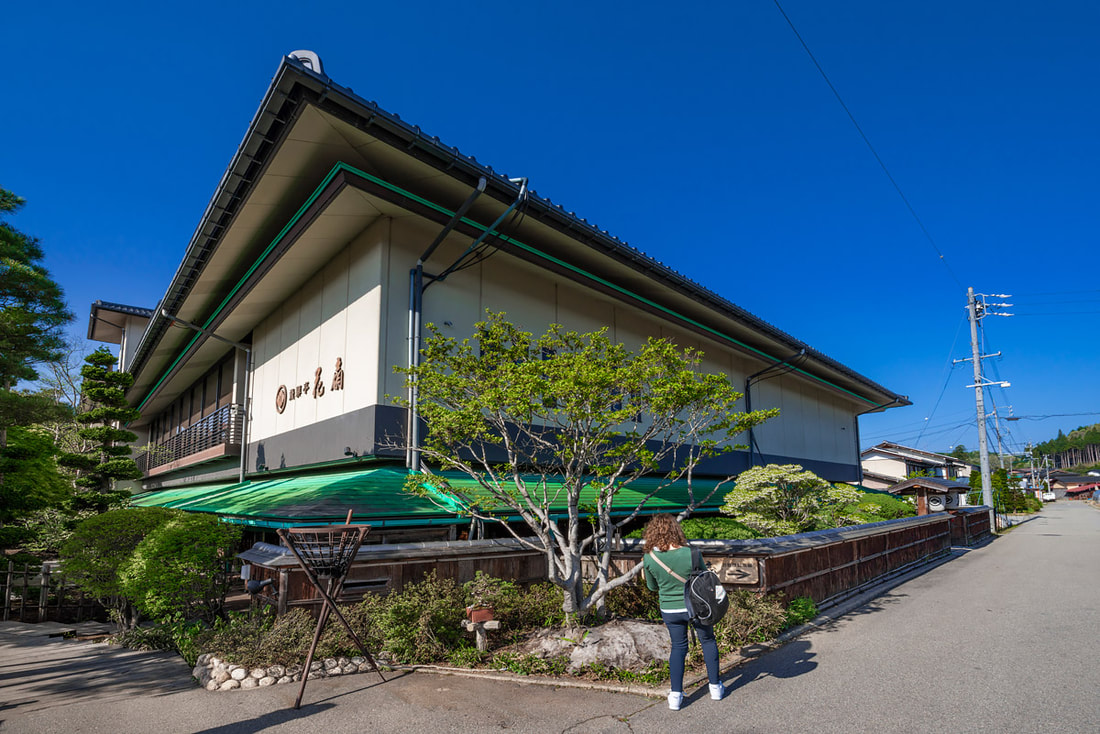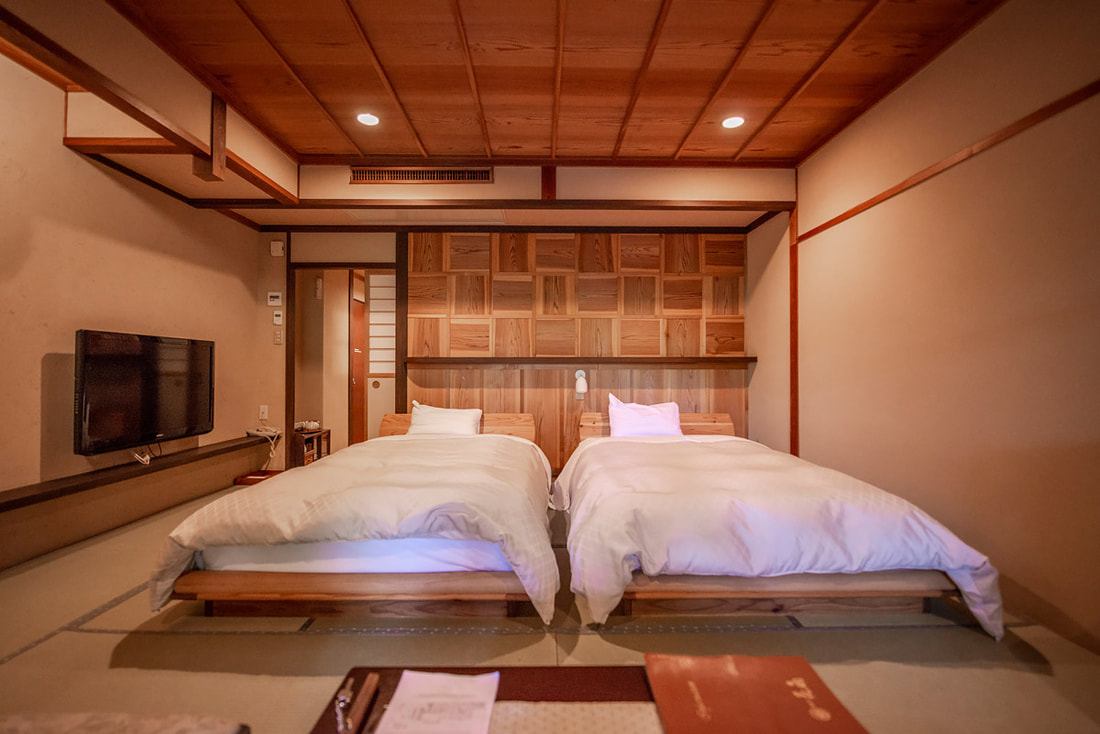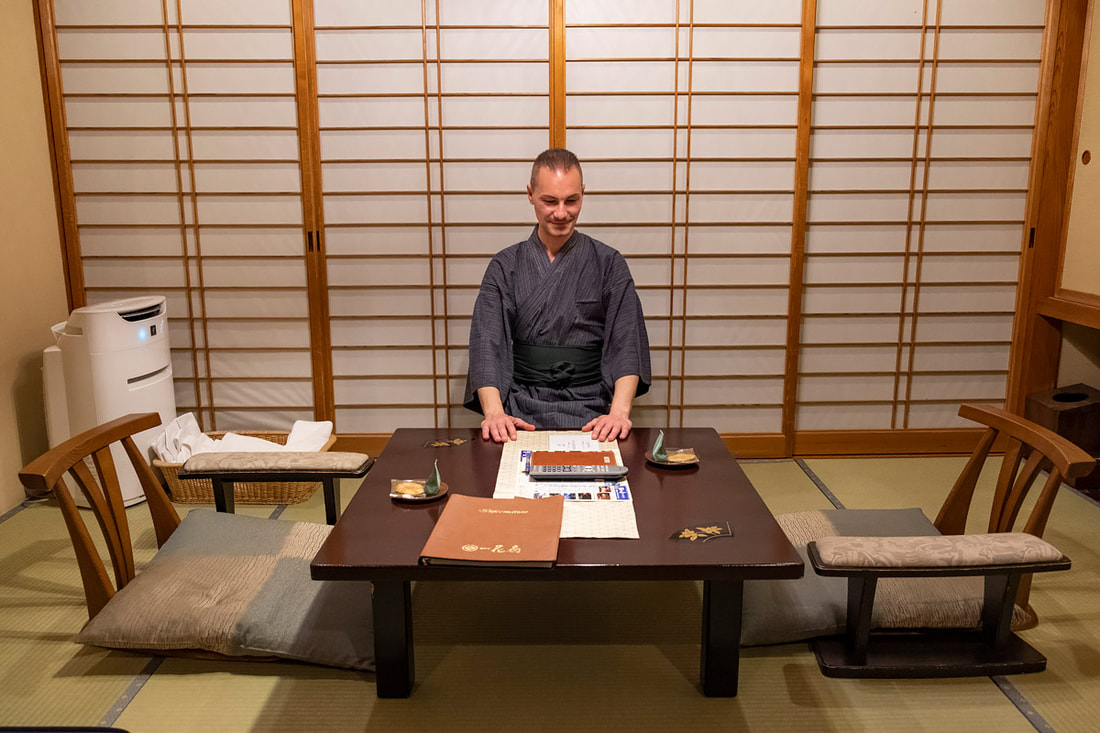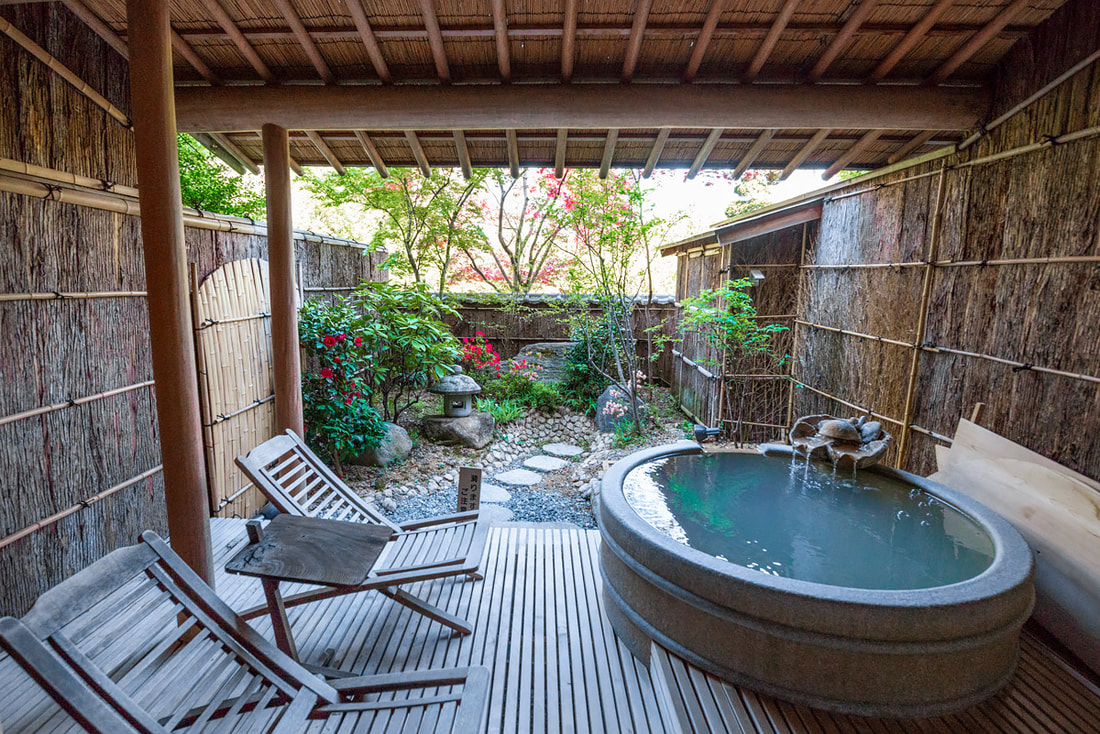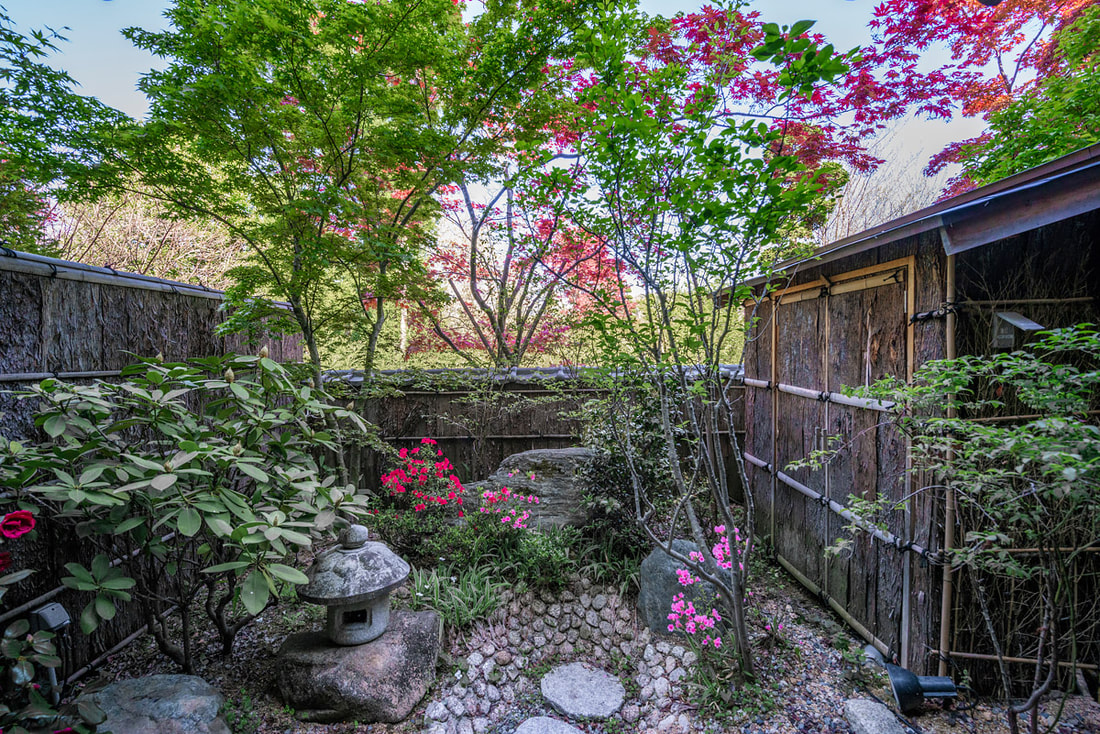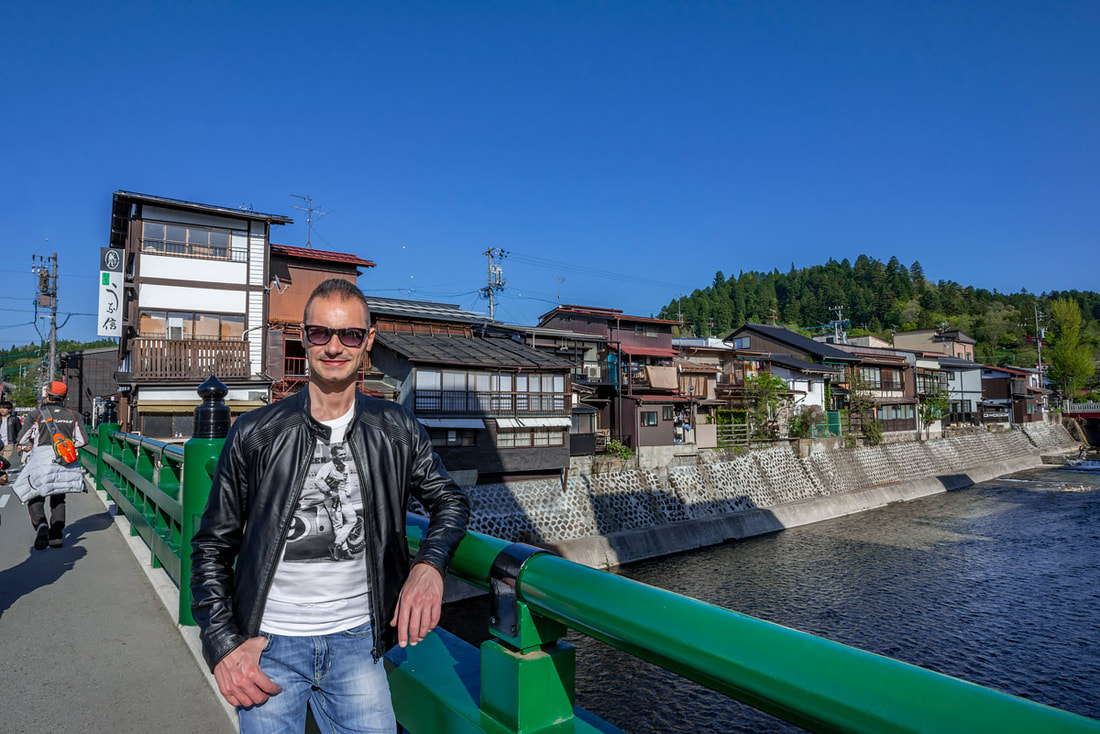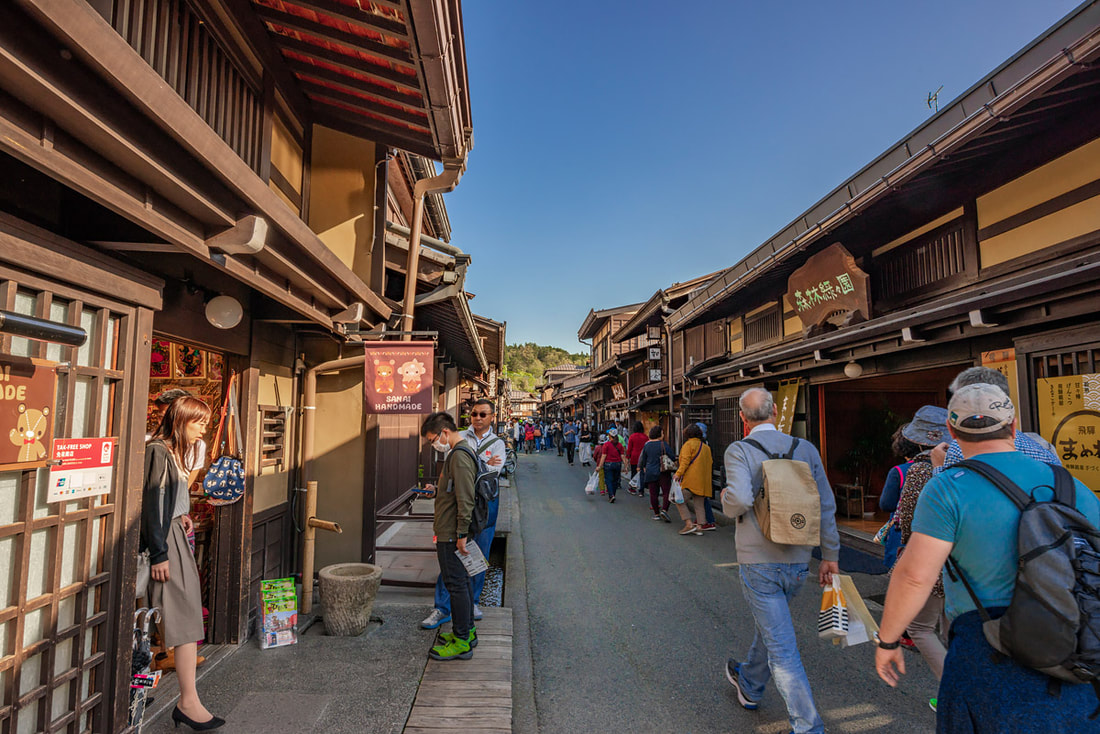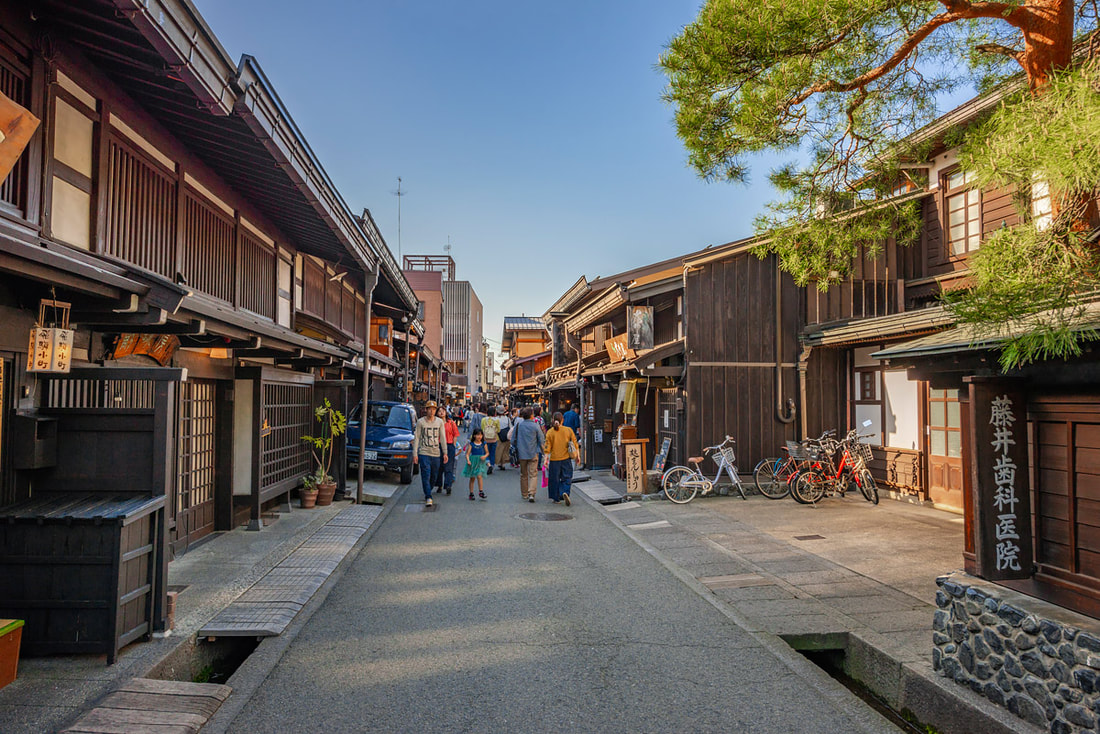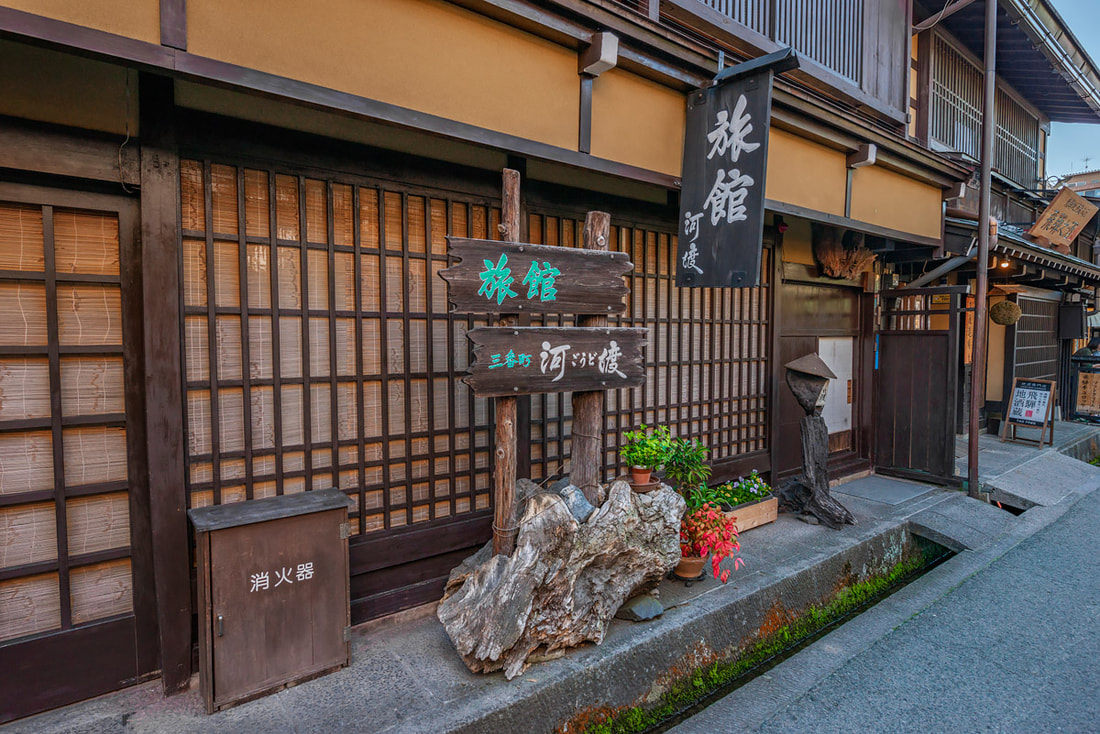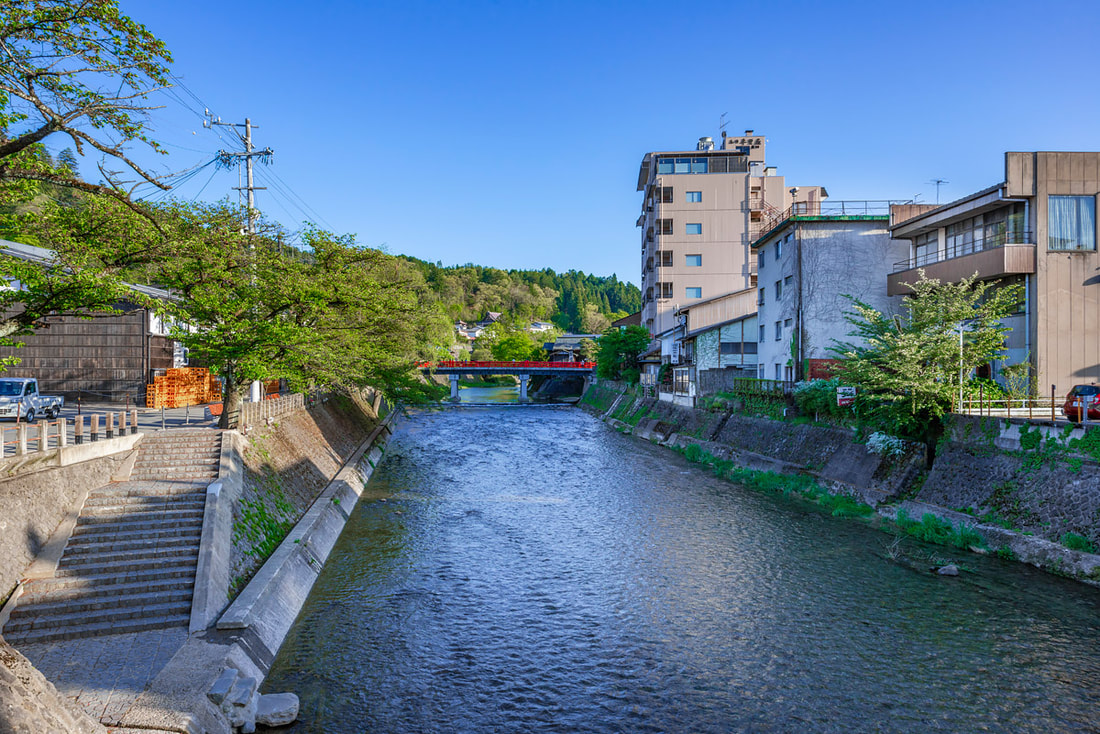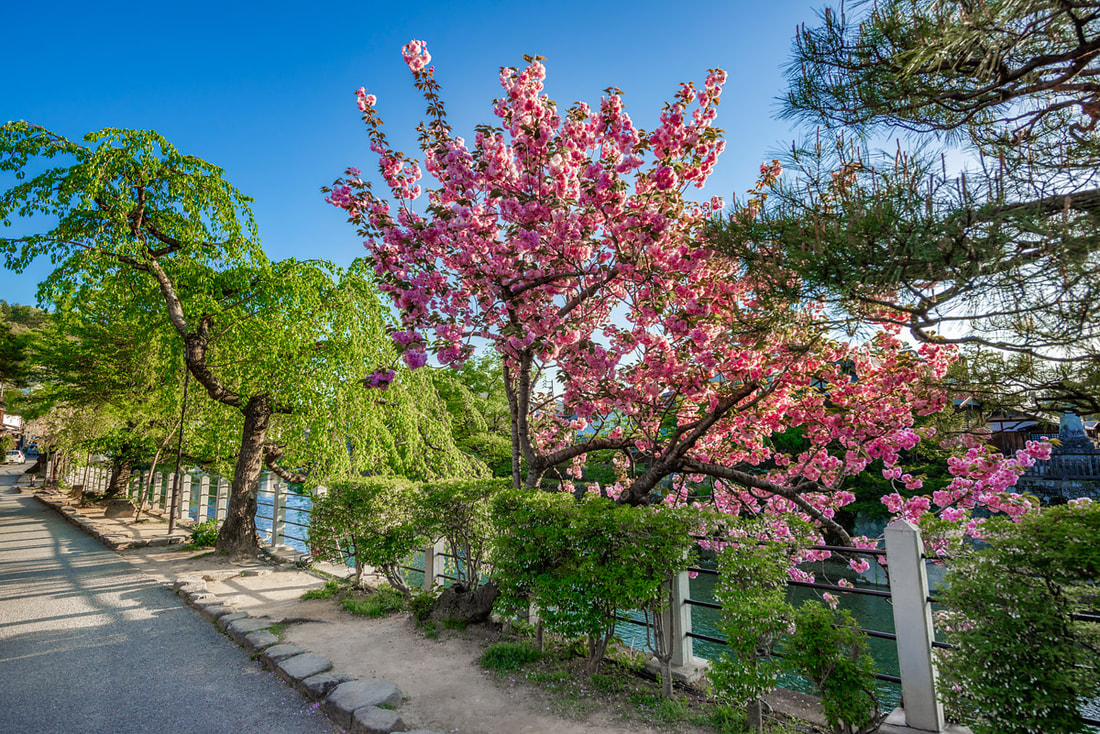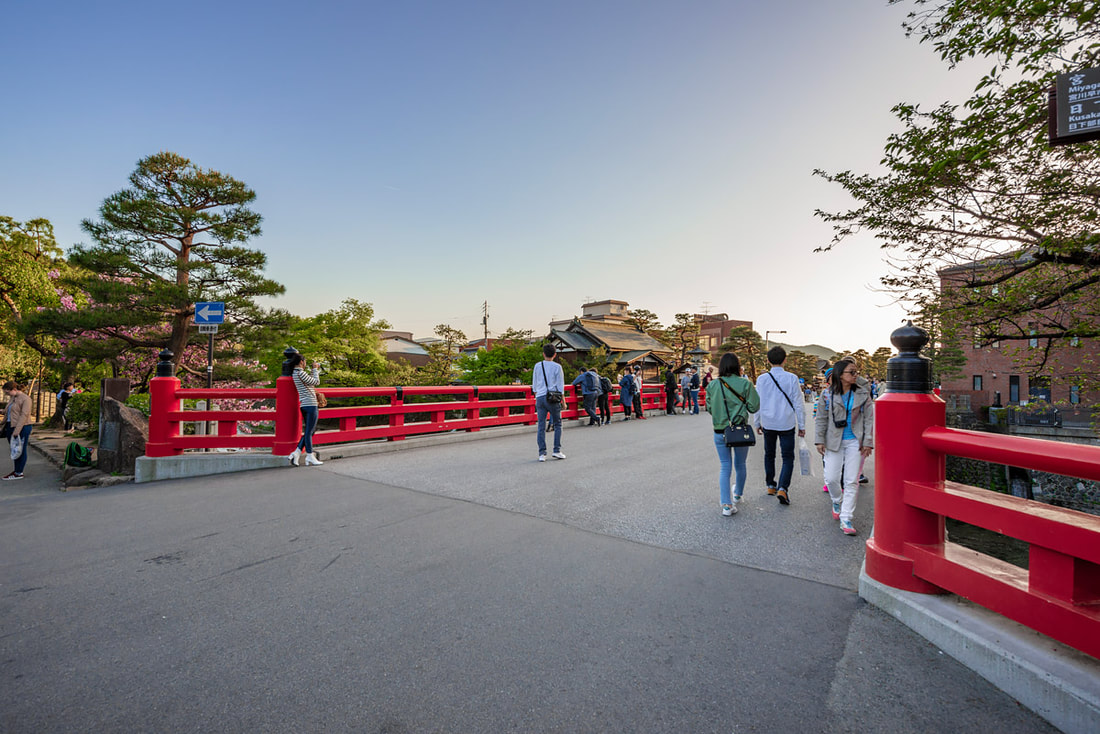By Antonio MalaraTakayama was the second destination during my trip to Japan that I did with my sister in April 2018. The train ride to Takayama was actually our first move to another Japanese city after the past few days in Tokyo, moments that I have described in previous posts. Takayama was a destination that included a one-night stay in the Onsen, a very characteristic type of Japanese spa. It must be said that this type of tour is not always included in trips to Japan but this very particular and typical destination was strongly desired by my sister and I must say that in the end she was right. To reach Takayama we took the famous Shinkansen for the first time, the super-fast train that whizzes along the Japanese tracks. I personally had already traveled on the Maglev, the Chinese magnetic levitation train during my trip to Shanghai. What amazed me about the Shinkansen was the care of the station from where it departed, like the precision of the writing on the floor that led straight to one's carriage. In addition to this, the punctuality of the trains was impressive as well as the professionalism and courtesy of the staff. The Shinkansen took us to Nagoya, from there we then took another train which was the complete opposite but which nevertheless gave us incredible satisfaction. We did the train journey to Takayama on a very small train, which proceeded very slowly. The route along a series of beautiful valleys with a river flowing below. The vegetation was very thick and green and the most beautiful thing to see were the small villages right next to the river and nestled among the trees. The journey from Nagoya to Takayama was a timeless experience, suddenly from a highly urbanized context we immersed ourselves in a fairytale atmosphere, a magical passage that we would never have imagined. That day we had lunch on the train eating several onigiri and arrived at Takayama station at 1:30 PM. The distance to our Onsen was about a mile but I lied to my sister that it was close by and we could easily walk there. The Onsen was actually on the same street as the station and I wanted to explore the area a bit on foot, I didn't feel like taking a taxi. Obviously the journey was a bit difficult because we had luggage but worked on principle. Walking on foot to reach the Hidatei Hanaougi, I was able to notice the urban planning and many beautiful houses of what used to be the residential part of Takayama. In addition to this I noticed how the sidewalks were in perfect condition and the streets perfect clean. But most of all that day I was struck by what I saw at a road junction. Two cars, arriving near the intersection, both stopped, despite one of the two having the right of way, a form of courtesy began among the motorists whereby the car that had the right of way wanted to let the other car pass first . In other word in Takayama people were so courteous, that at one stop, at most, they argued over who had to pass later, the apotheosis of respect for the community. Like in Tokyo, we arrived a little early at our facility, so we couldn't check in right away. The place both from the outside and inside was of typical Japanese design, things I had only seen in movies up to that point. The staff wore kimono and one of them accompanied us to a sofa where he introduced us to the knowledge of the Onsen. After making us sit on a sofa and offering us a coffee, the boy explained to us what was the behavior to use inside the structure and told us that he would always be our guide throughout the stay. In essence, for those two days we too had to wear kimonos inside the structure and follow the typical rules of the place, even the cuisine was typical, you could not order anything different. After handing us the kimono, the boy accompanied us along the wide corridors of the structure up to our room. After the last explanations about our room, he said goodbye and made an appointment for dinner. Our room was something that until then I had only seen in movies and had never considered the possibility that it could actually exist. The room had a material design that made use of wood, canvas and lots of carpets. The first thing that struck me were the beds, very low and then immediately a table with low chairs followed by the large window. This was made of wood, with thicker slats placed vertically and many smaller ones placed horizontally. Rather than glass, the windows were lined with white but opaque canvas. Once opened, that windows hid the real aluminum door and then the fantastic garden with the private onsen. The onsen was a large circular concrete tank, filled with very hot water with a very spectacular recirculation. To the left of the onsen were the deck chairs and then further on was the private garden full of plants and flowers. Beyond the garden, there was a wooden fence, typical of Japan, of whom I mentioned in my post on Tokyo. Behind the beds, separated by a wall, was the bathroom, and if I thought I'd seen the pinnacle of originality in Tokyo, I was wrong. If the toilet in Tokyo was equipped and technological, that of the Onsen in Takayama went further. In addition to the objective beauty of the wood that covered the walls of every corner of the bathroom, the biggest surprise was when I opened the sliding door to enter the toilet area. In fact, after a few seconds, the toilet seat rose by itself, I was shocked! Obviously I repeated that thing several times, either to see if it was an effect of the coffee offered to us before or if it was real technology. Taken by the enthusiasm of all those particularities, together with my sister, we wore kimonos and took many photos of ourselves in typical Japanese clothes and scenes, it was as fun as a school play. After putting on our normal clothes again, we called a taxi and immediately headed towards the center of Takayama. We were dropped off at the station and from there we walked east to reach the city centre. Takayama was very small and basically our destination was the main road across the Miyagawa River. Walking on foot I was able to notice how the houses in the city were all low, some built in concrete, others in wood. After about 15 minutes we arrived on the Yanagibashi bridge, one of the many bridges that connected the two sides of the city. This bridge was characterized by the guards which were green in color, later I discovered that each bridge had a different color. From there we were able to observe the river and the houses close to it for the first time, very characteristic especially the wooden ones that had stairs that, starting from the houses, descended from the banks and reached the river. After crossing the river, we dived into the Kamisannomachi area, a historical district of the city. This place was very characteristic, full of souvenir shops and where the houses were all in wood. We walked along one of the main roads where I saw a particular thing, or rather two small streams on the sides of the road, it was probably the water that came from the mountain and was conveyed in that original way which was very particular not only for the design but for the sound it transmitted. In fact, the flowing water emitted a sound that remained in the background all along the road. We spent the time taking pictures and visiting the souvenir shops and walking we arrived at the Nakabashi bridge where we had a beautiful surprise. First of all, this bridge had red protections and this color already made the area very particular, this shade was definitely more beautiful and scenic than the bridge seen before. But the incredible thing that was at the corner of the bridge was a cherry tree in bloom! We had traveled far and wide in Tokyo to find such a tree without success and unexpectedly we found it in Takayama. The tree was not very big and was in the middle of two other totally green trees. Clearly together with my sister we rushed under the tree and took endless photos. I don't know if we seem professional but we certainly get noticed, the fact is that after a while many other people rushed under the tree to do the same. We moved to the bridge where there was a new perspective on the cherry blossom. I must say that the perspective of the tree from the bridge was even more beautiful, I took some photos where the scene seems unreal. That was the last moment we spent in the center of Takayama, soon after we went back to the Onsen to enjoy its features. Back in the structure and wearing the kimonos again, we went to dinner and there we had another surprise. The restaurant room was in fact made up of a series of wooden cabins, in one of them there was our surname written outside. Once inside, the boy we met in the morning joined us. Also for dinner he explained a series of things to us and how we should taste the dishes, after which he began to bring dishes of all types and in enormous quantities. A vast unveiling of meat and fish that could be roasted on the grill that we had on the table. It was a long dinner and totally different from western ones. Back in the room the onsen was waiting for us, first my sister then me, we went in that tub of boiling water, a unique experience that gave a relaxation I had never experienced. I'm honest I was skeptical of the idea but in the end I had to agree with my sister. On the morning of departure we had a breakfast which was included in our stay. We discovered that the dishes were very similar to those enjoyed the night before, the problem was that we did not have the time to consume them. We had a bite to eat and then explained to the guy we had to go hoping this didn't offend him. We said goodbye to the hotel staff and took a taxi back to the station. From there we left with the same type of train we had arrived with only that our next destination was the city of Kanazawa. With the stay in Takayama I had the first experiences with something Japanese like the onsen. At the same time I saw the first villages and the first wooden houses typical of the place. Takayama had been the first destination to show us some characteristic aspects of a country very different from mine, from then on these characteristics have been more present as I will describe in my next posts on Japan. Pictures: Antonio Malara
|


